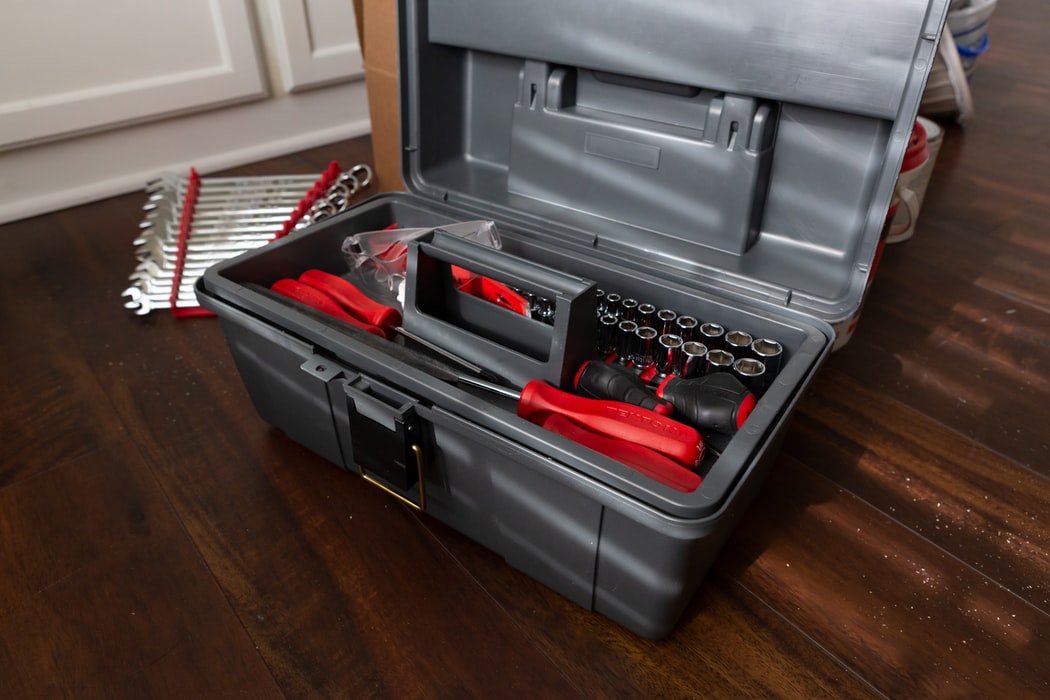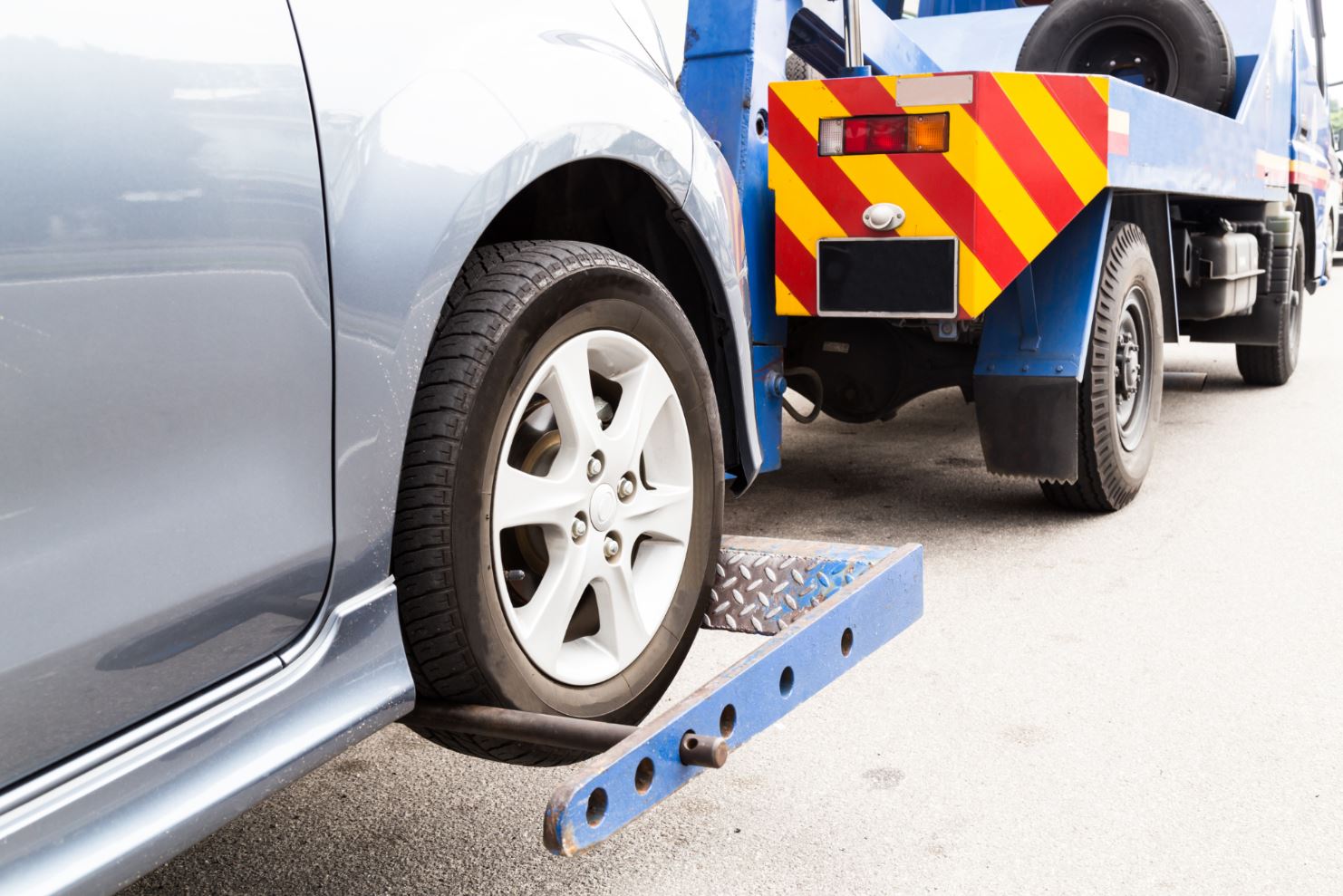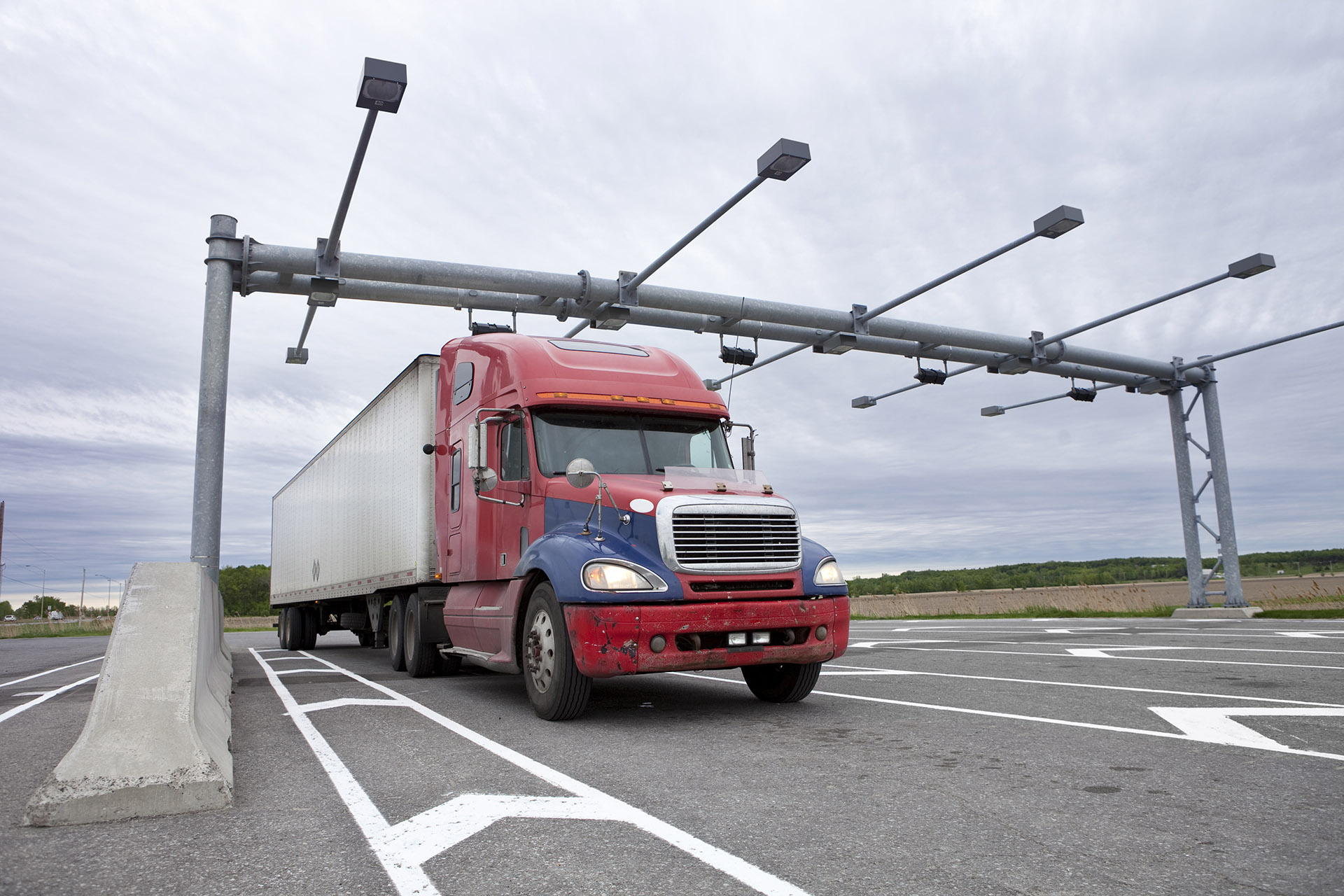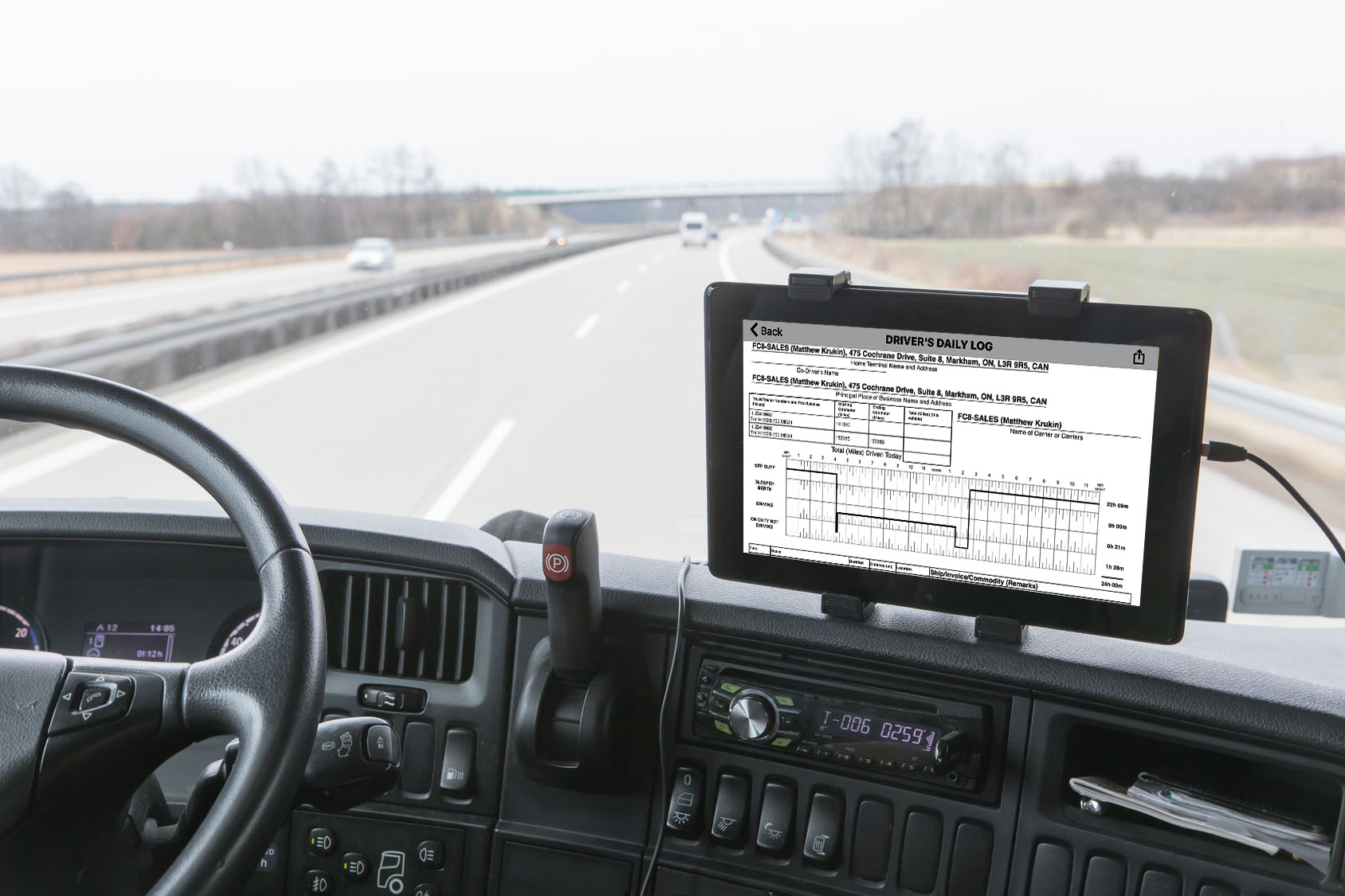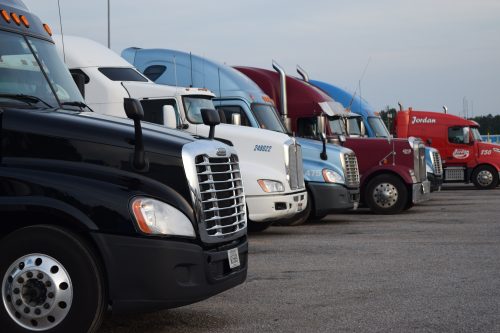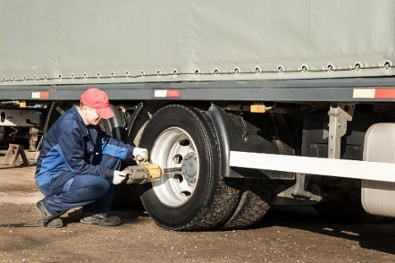Are there any changes coming to eliminate tow-away companies from mandatory elogs, even though we operate interstate over 9 days in a 30 day period?
If the tow truck meets the definition of a driveaway-towaway operation under §390.5 definition they would be exempt from the ELD requirements. Specifically, a driveaway-towaway operation means an operation in which an empty or unladen motor vehicle with one or more sets of wheels on the surface of the roadway is being transported:
- Between vehicle manufacturer’s facilities;
- Between a vehicle manufacturer and a dealership or purchaser;
- Between a dealership, or other entity selling or leasing the vehicle, and a purchaser or lessee;
- To a motor carrier’s terminal or repair facility for the repair of disabling damage (as defined in §390.5) following a crash; or
- To a motor carrier’s terminal or repair facility for repairs associated with the failure of a vehicle component or system; or
- By means of a saddle-mount or tow-bar.
Please note that the Towing and Recovery Association of America (TRAA) had requested that Federal Motor Carrier Safety Administration (FMCSA) grant a five-year blanket exemption from the mandate for all tow truck drivers while they are providing towing, recovery and roadside repair services, and not just when under the driveaway-towaway operation exemption as listed above.
See more details here.
The FMCSA subsequently denied the TRAA exemption request as it was decided that the exemption request would not achieve the equivalent level of safety that would be achieved by the use of ELDs.
Therefore tow truck drivers are still required to keep a record of duty status (RODS) on paper, using an AOBRD, or a logging software program in order to comply with 395 unless otherwise exempt by Part 395.
Further, the motor carrier that employs such drivers must ensure they maintain and retain such records for a period of 6 months accurate and true time records showing:
- The time the driver reports for duty each day;
- The total number of hours the driver is on duty each day;
- The time the driver is released from duty each day; and
- The total time for the preceding 7 days in accordance with §395.8(j)(2) for drivers used for the first time or intermittently.
Finally, as with any potential exemption, I always recommend that you consult the Federal Motor Carrier Safety Administration or your company legal representative before assuming you are, indeed, not required to adhere to the requirements of the ELD rule.
















